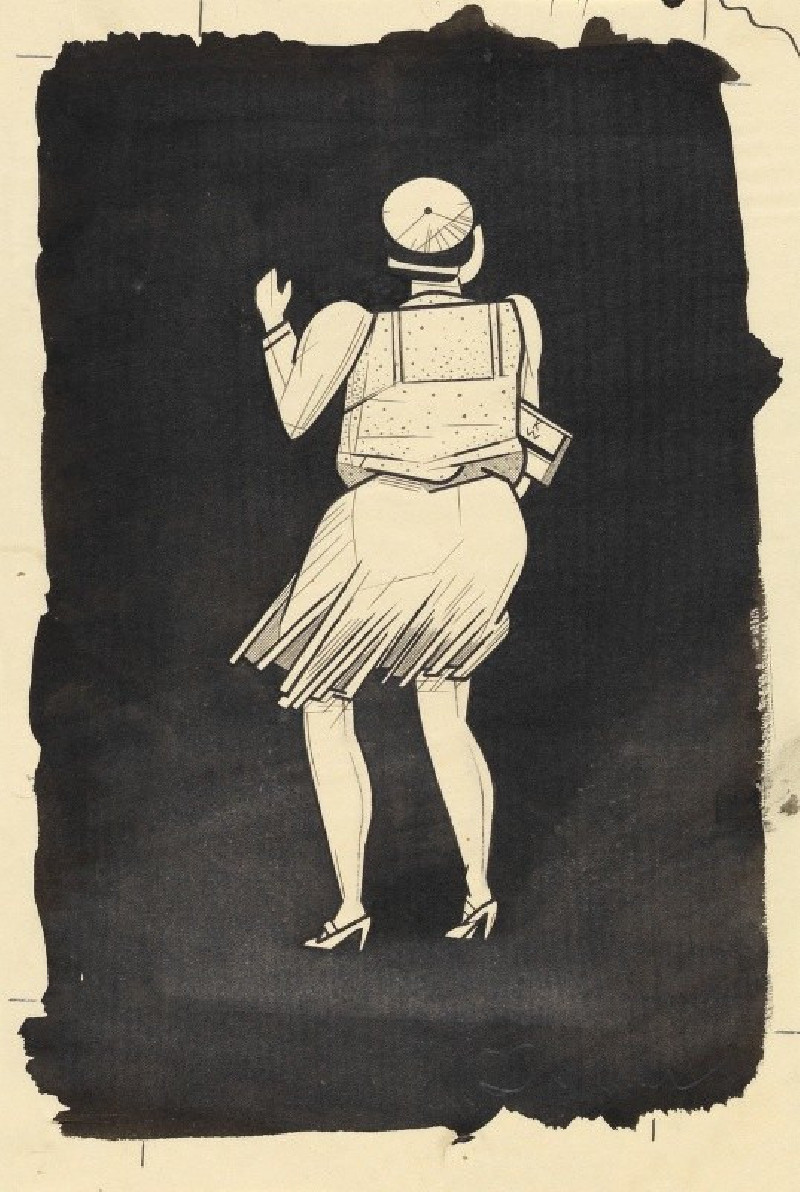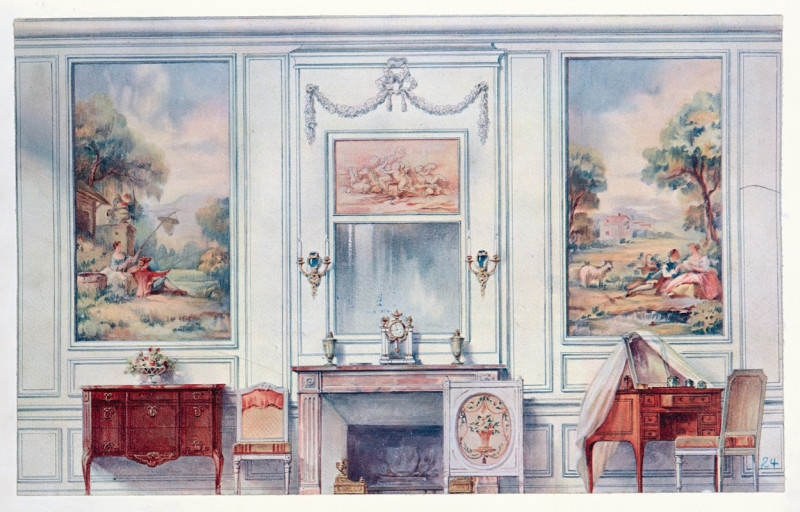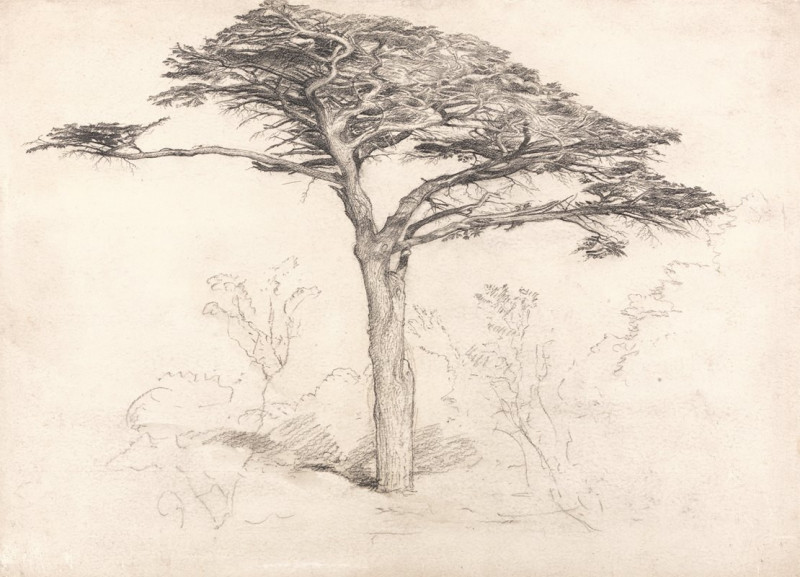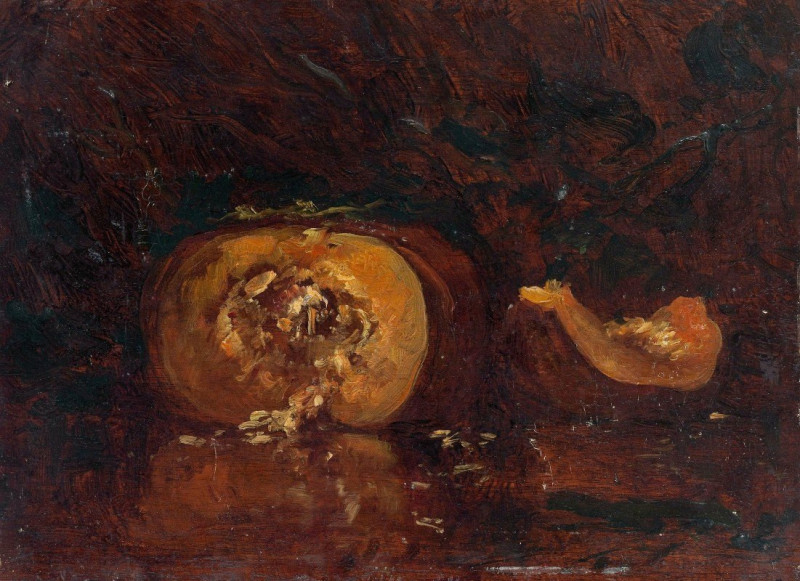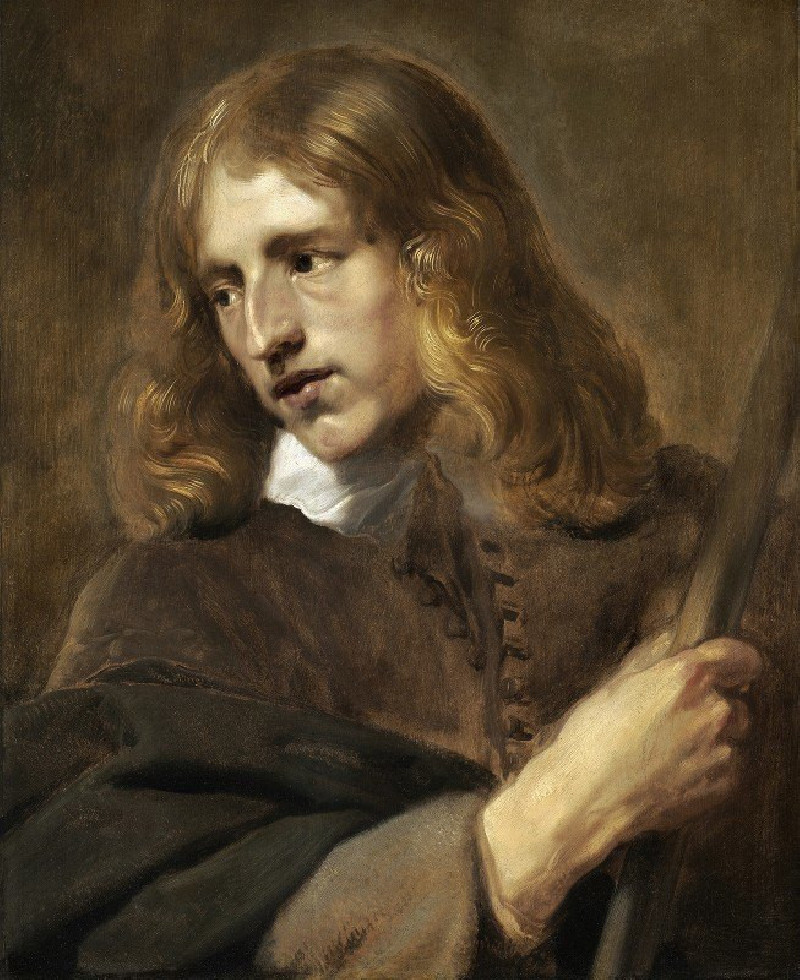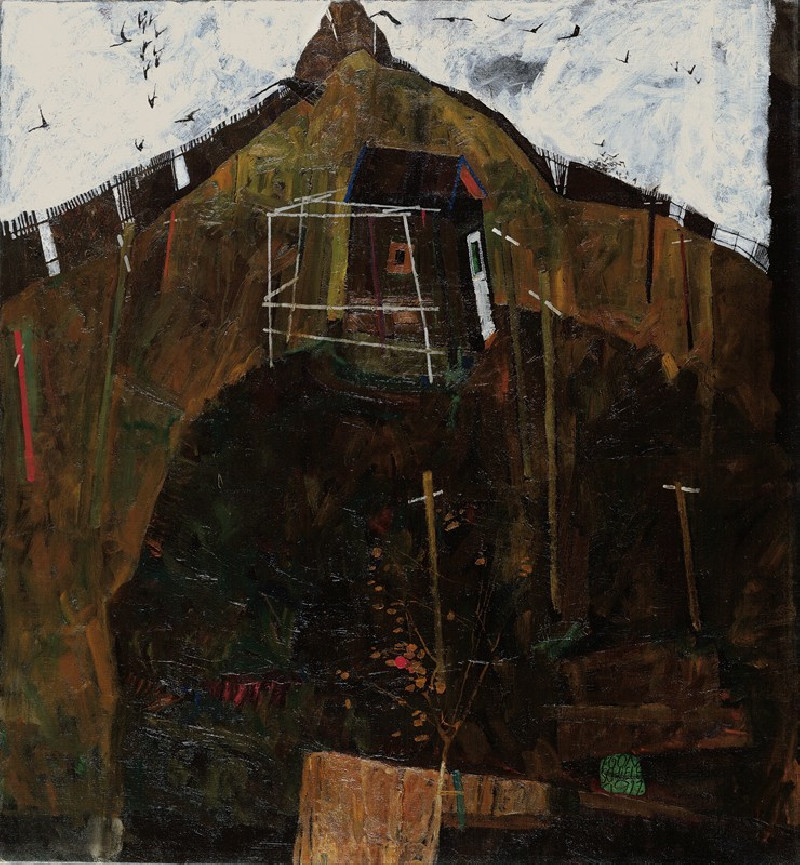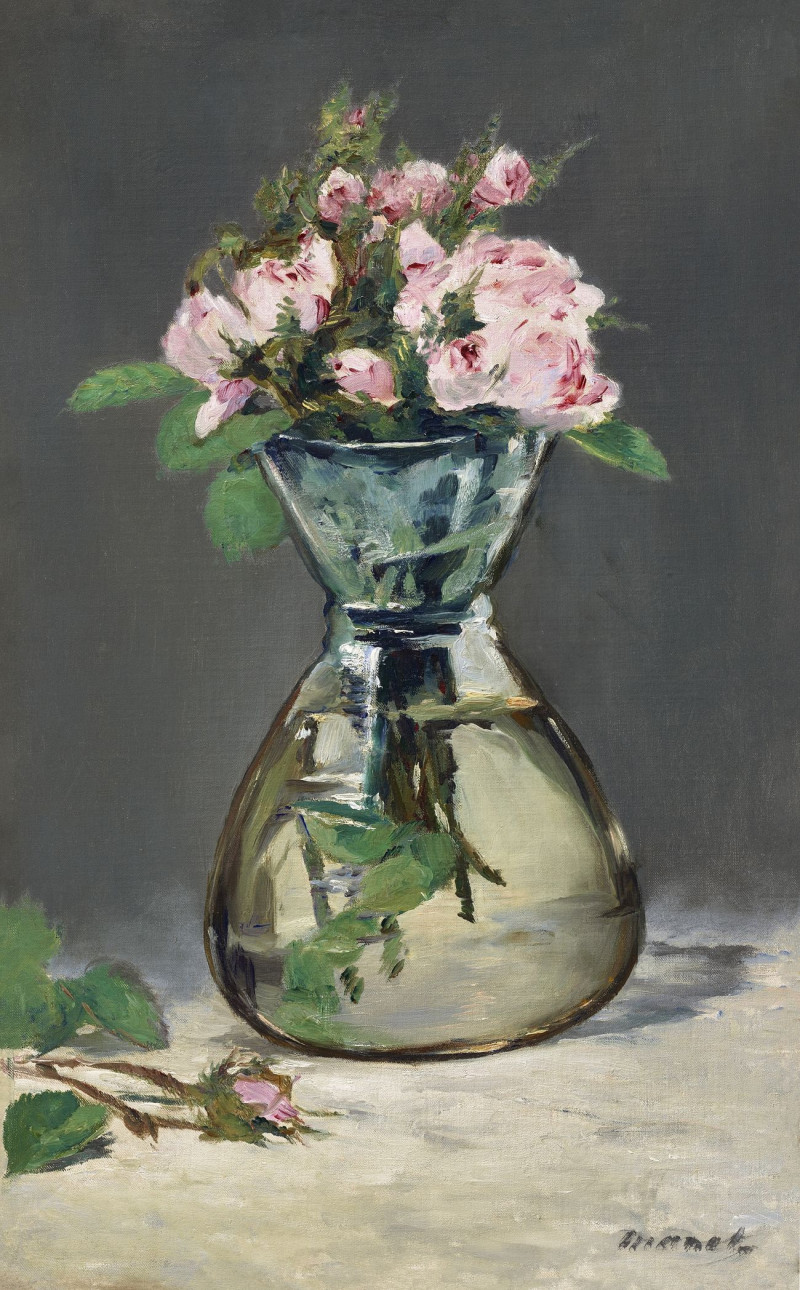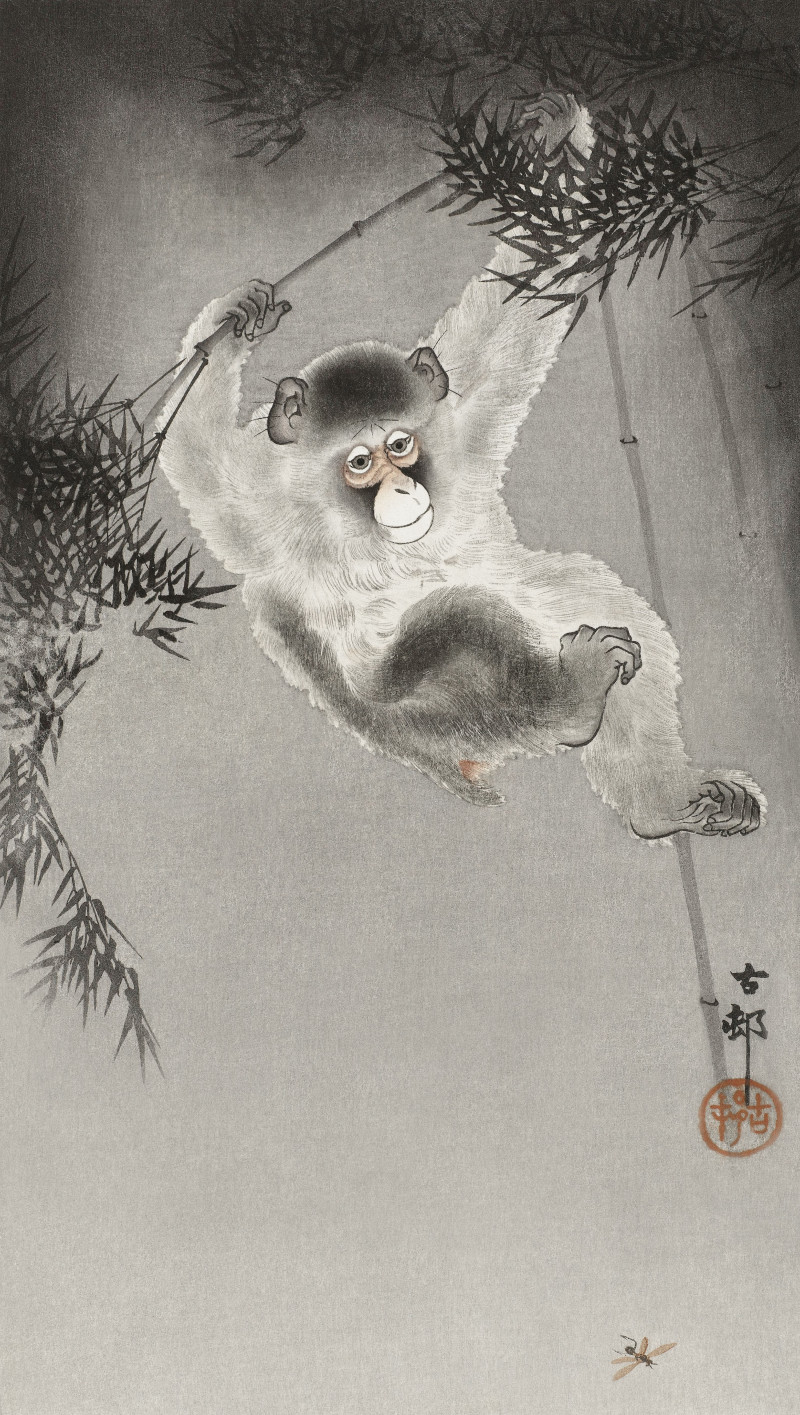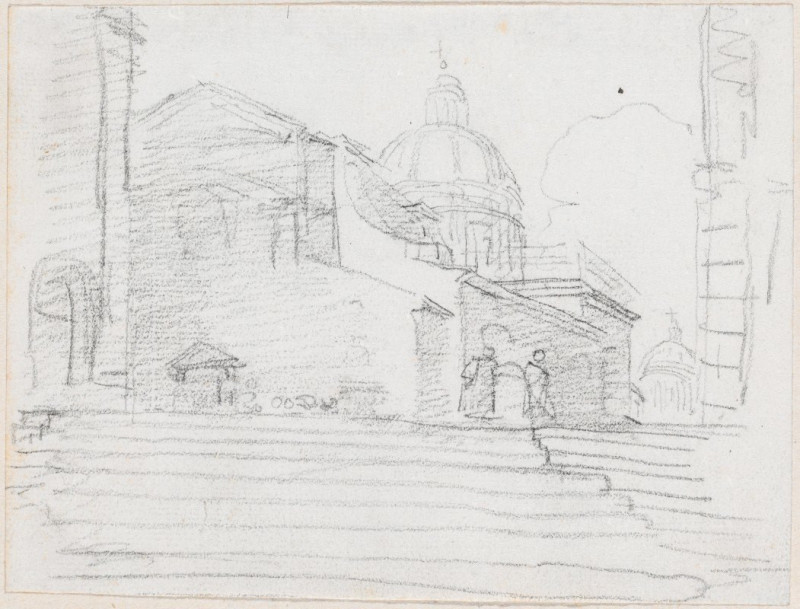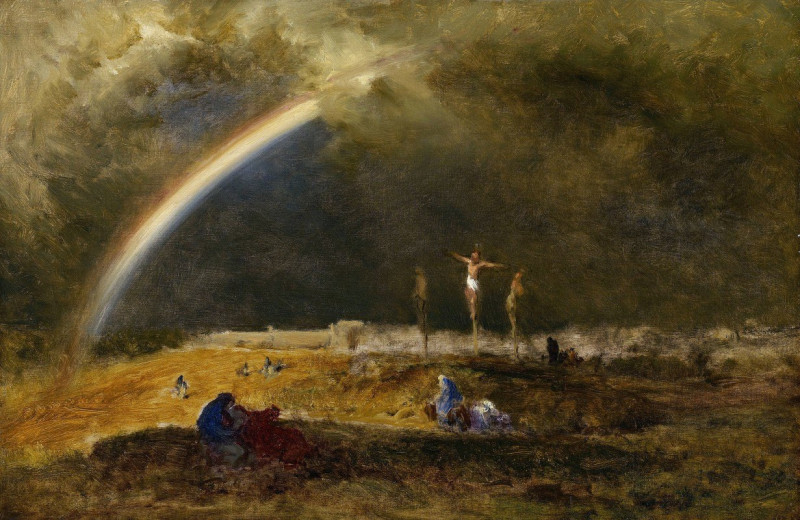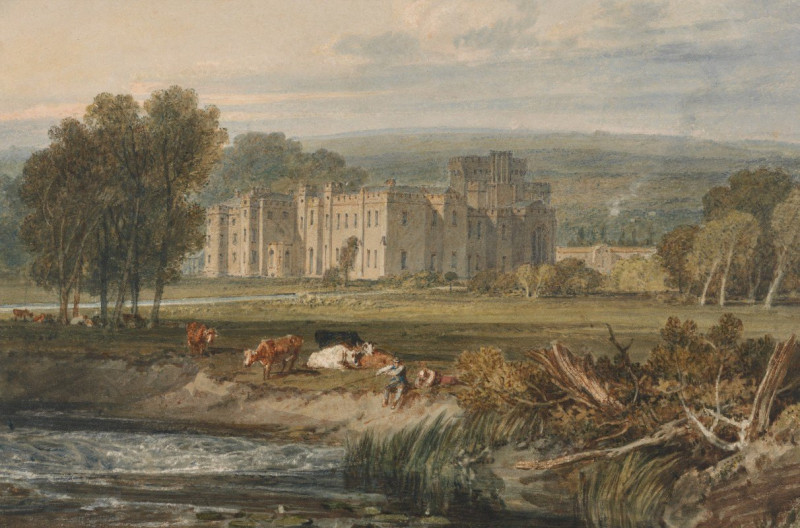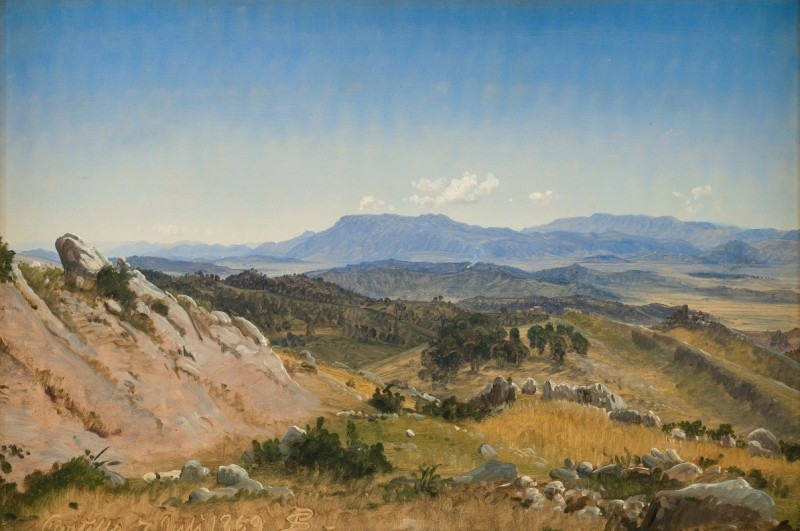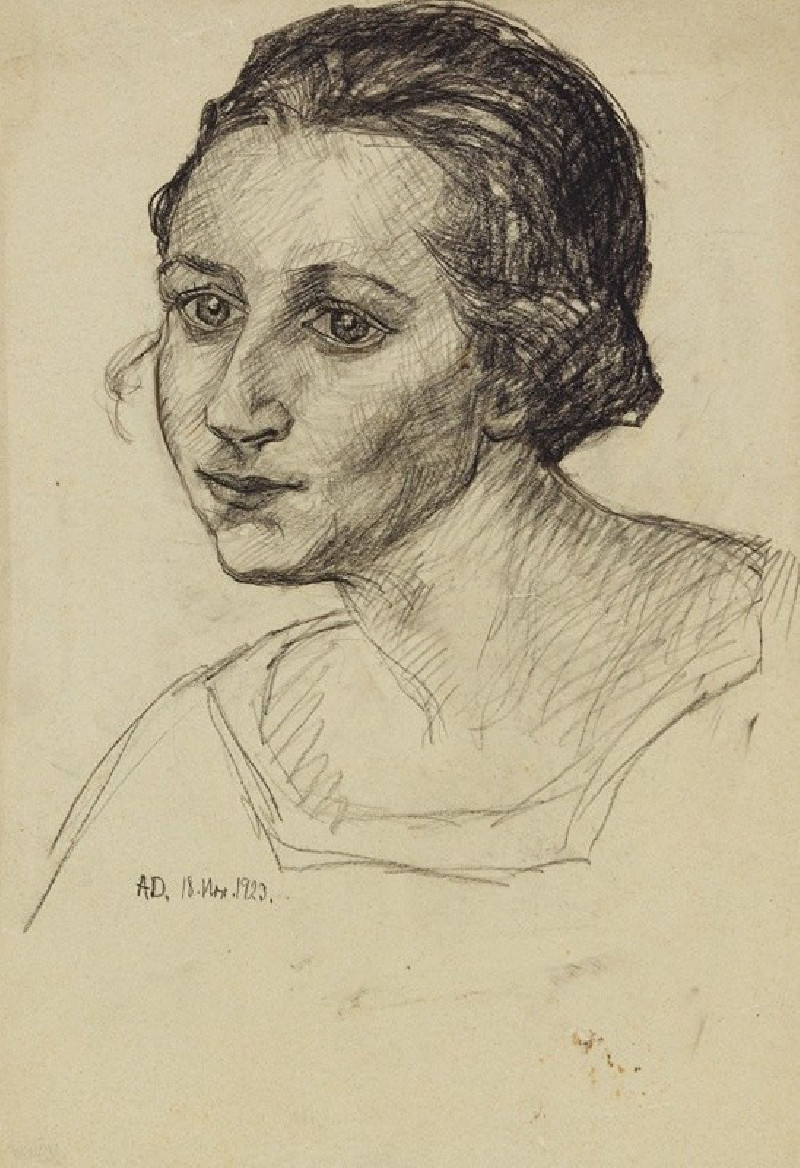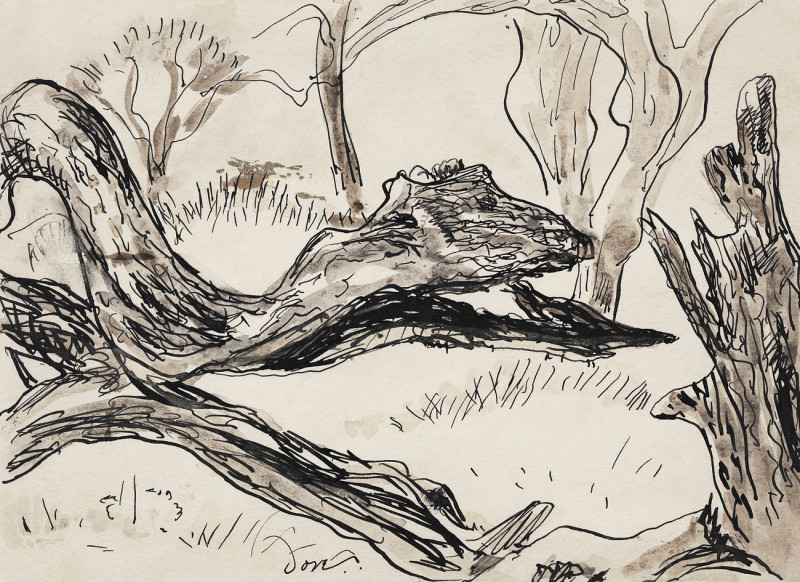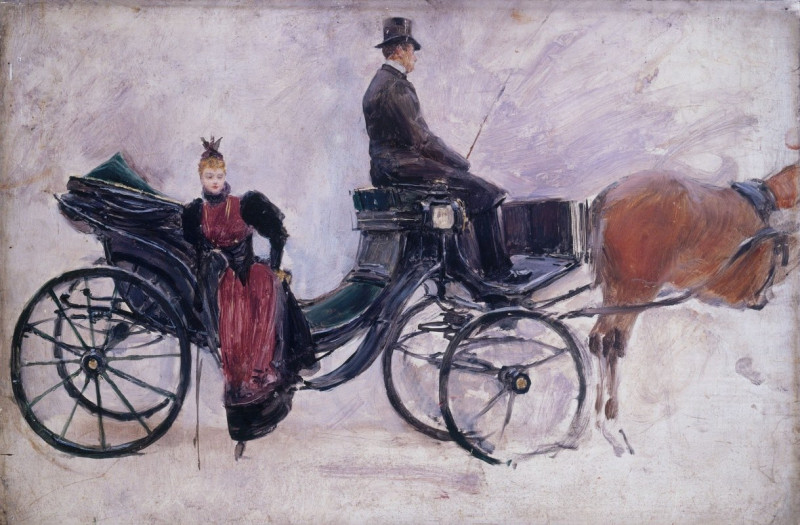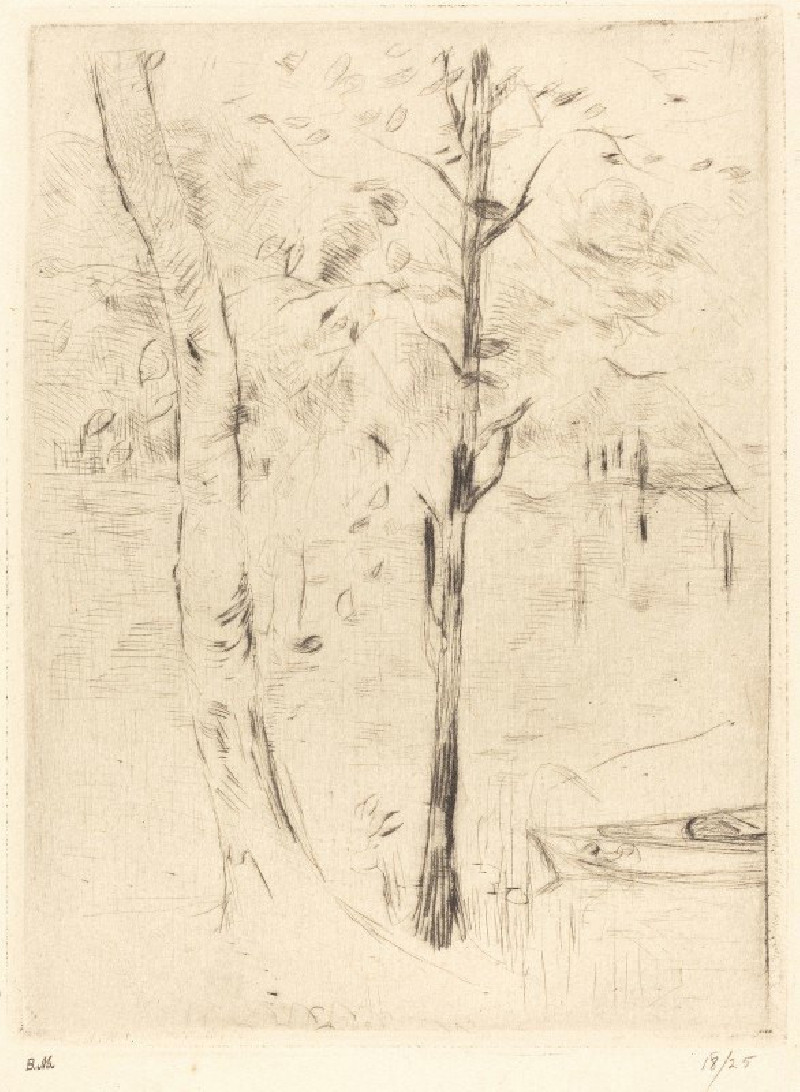Ohne Titel (Frauenfigur) (ca. 1933)
Technique: Giclée quality print
Recommended by our customers
More about this artwork
In the striking composition titled "Ohne Titel (Frauenfigur)" (Untitled (Female Figure)) circa 1933 by Karl Wiener, the elegance and dynamics of early 20th-century fashion come to life. This artwork, rendered primarily in black and white, captures a woman viewed from behind as she appears to be mid-gesture, with her right arm lifted elegantly and her head turned slightly to the side.The figure is adorned in a fashionable ensemble characteristic of the 1930's style—featuring a playful, dotted blouse with a revealing back and a fluid, pleated skirt that adds movement to the depiction. The woman’s attire is complemented by a chic hat and high-heeled shoes, emphasizing the era's fascination with both grace and style.Karl Wiener's use of stark contrasts and bold, clear lines accentuates the silhouette of the female figure against the deeply shaded background, creating a dramatic visual impact. This artwork not only reflects the fashion and cultural aesthetics of its time but also showcases Wiener's skill in using minimalistic yet expressive strokes to convey both form and emotion.

